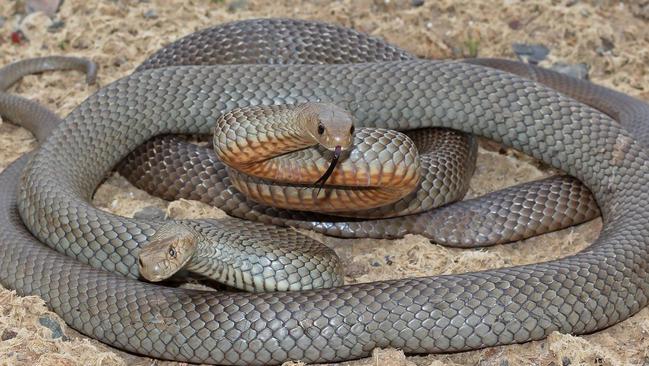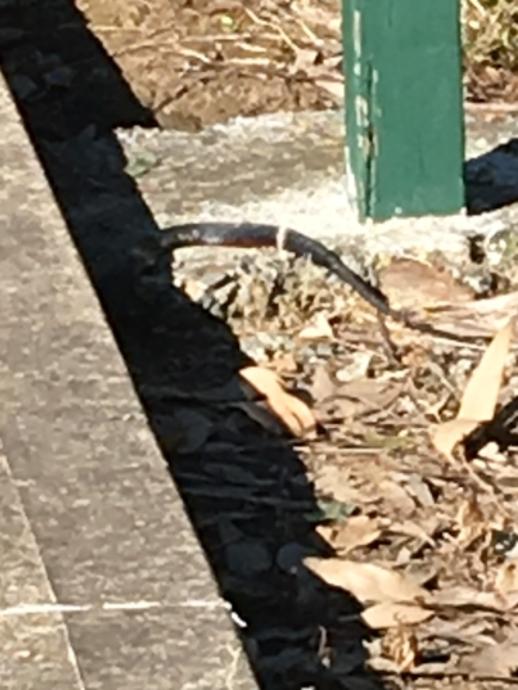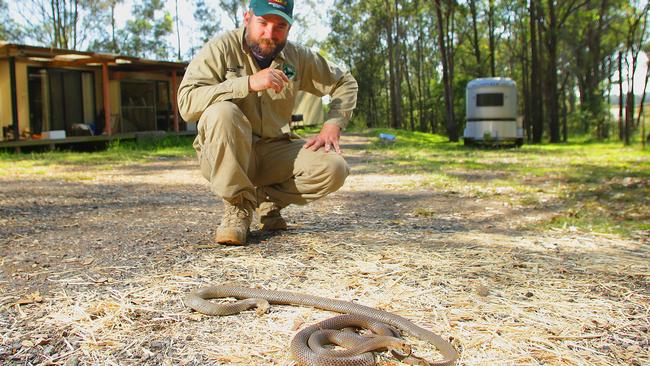Pets could be in danger as warmer weather brings out the snakes
SPRING has definitely sprung and everyone should be on the alert for snakes not only to protect themselves, but also their pets.

Rouse Hill
Don't miss out on the headlines from Rouse Hill. Followed categories will be added to My News.
SPRING has definitely sprung and locals are warned to be alert for snakes not only for themselves, but also their pets.
The warmer and drier weather is beginning to set in, which invites snakes to come out of their winter hibernation.
Rouse Hill resident Lisa Douglas was walking in Centennial Oval last week when she saw a red-belly black snake beside a path.

Ms Douglas posted a warning on social media and is now careful when walking along the path.
The most common snakes found in the Rouse Hill and surrounding suburbs include red-belly black snake, golden crowned snake and the common tree snake.
The Australian Veterinary Association has urged animal owners to take precautions to prevent deadly snake encounters. No matter the size of your furry companion a snake bite can still pack a punch.
Horses, sheep and cattle are susceptible to snake venom, as much as smaller animals.
Dr Rob Zammit, from Vineyard Veterinary Hospital, said he recently had a dog “presented dead on arrival”.
“They found him in the backyard at Pitt Town along with three snakes he had killed — two red-bellied black snakes and one eastern brown,” Dr Zammit said.
“He was bitten in the process of dispatching the snakes.”

The well-known TV and radio vet said he had also seen snake bites from the middle of the Rouse Hill area and would expect more this year because of increased construction in the area.
“If your dog gets bitten get it to a veterinarian but realise that snake antivenene is expensive along with all the supportive therapy that may be needed,” Dr Zammit said.
He warned November, December and March are the worst times for snakebites.
When worrying about our pets coming across snakes it is important to keep your local vets open hours and contact number nearby.
Snake-prone areas include bushy areas, near water and on cloudy days areas with solid sunlight. Snakes can sometimes wander into backyards and even in homes, most often than not, they don’t wish to be there themselves.

Robert Ambrose, a snake catcher from Vineyard, said the final winter encounter of 2016 was a large female in Rouse Hill House and Farm.
“As she was just in the garden I filled in her den and released her further down the property. She is the biggest female eastern brown I have ever seen,” he said.
“People don’t need to know how to tell a venomous snake from a non-venomous one. All you need to know is to leave them alone and to treat them exactly the same. If it’s in your house call someone to help you remove it,” Mr Ambrose said.
SIGNS THAT A PET HAS BEEN BITTEN
■ Sudden weakness followed by collapse
■ Pain and discomfort
■ Vomiting
■ Bleeding puncture wound
■ Neurological signs e.g. twitching
■ Seeping in the bitten area
■ Loss of bowel and bladder control
■ Paralysis
■ Dilated pupils


